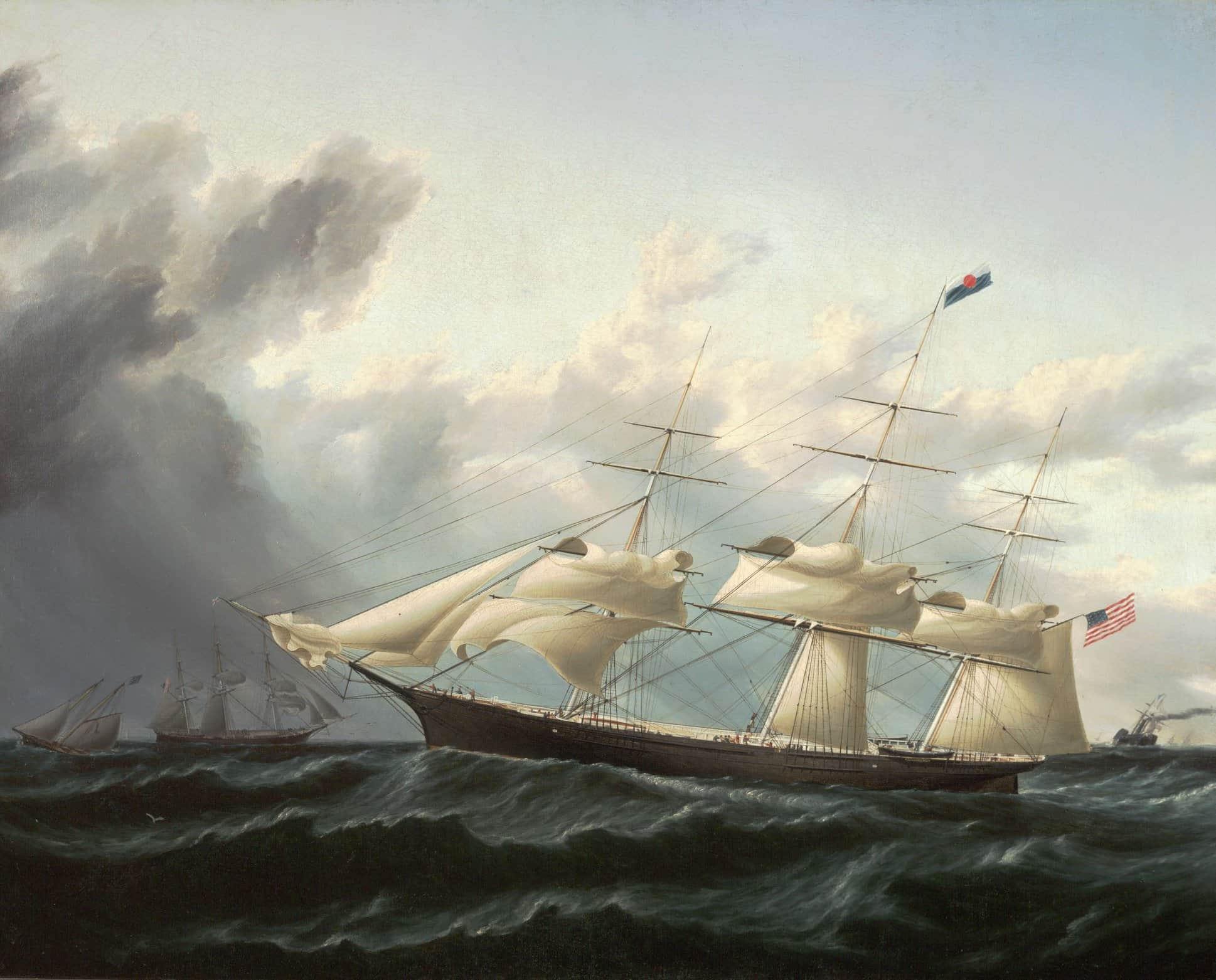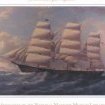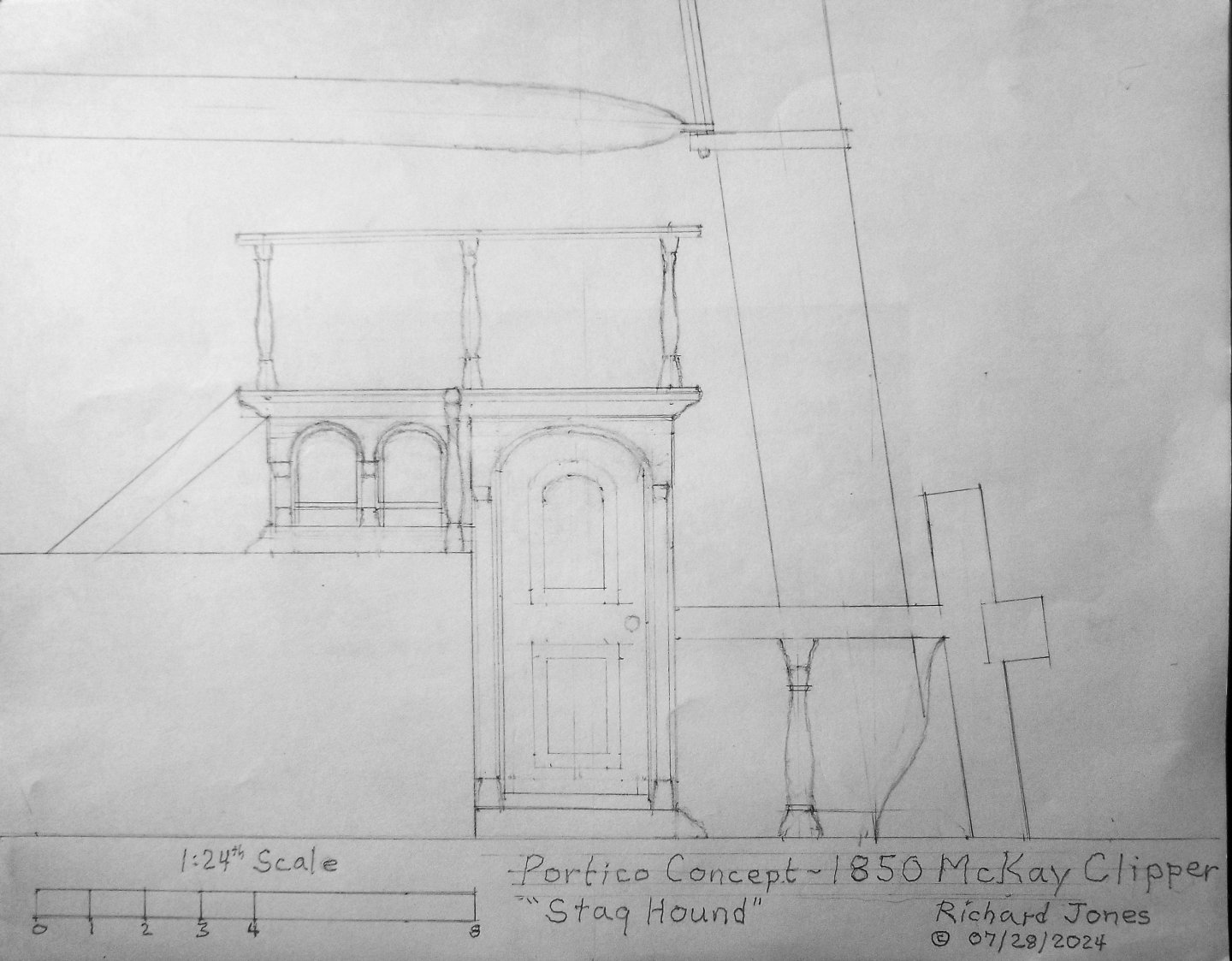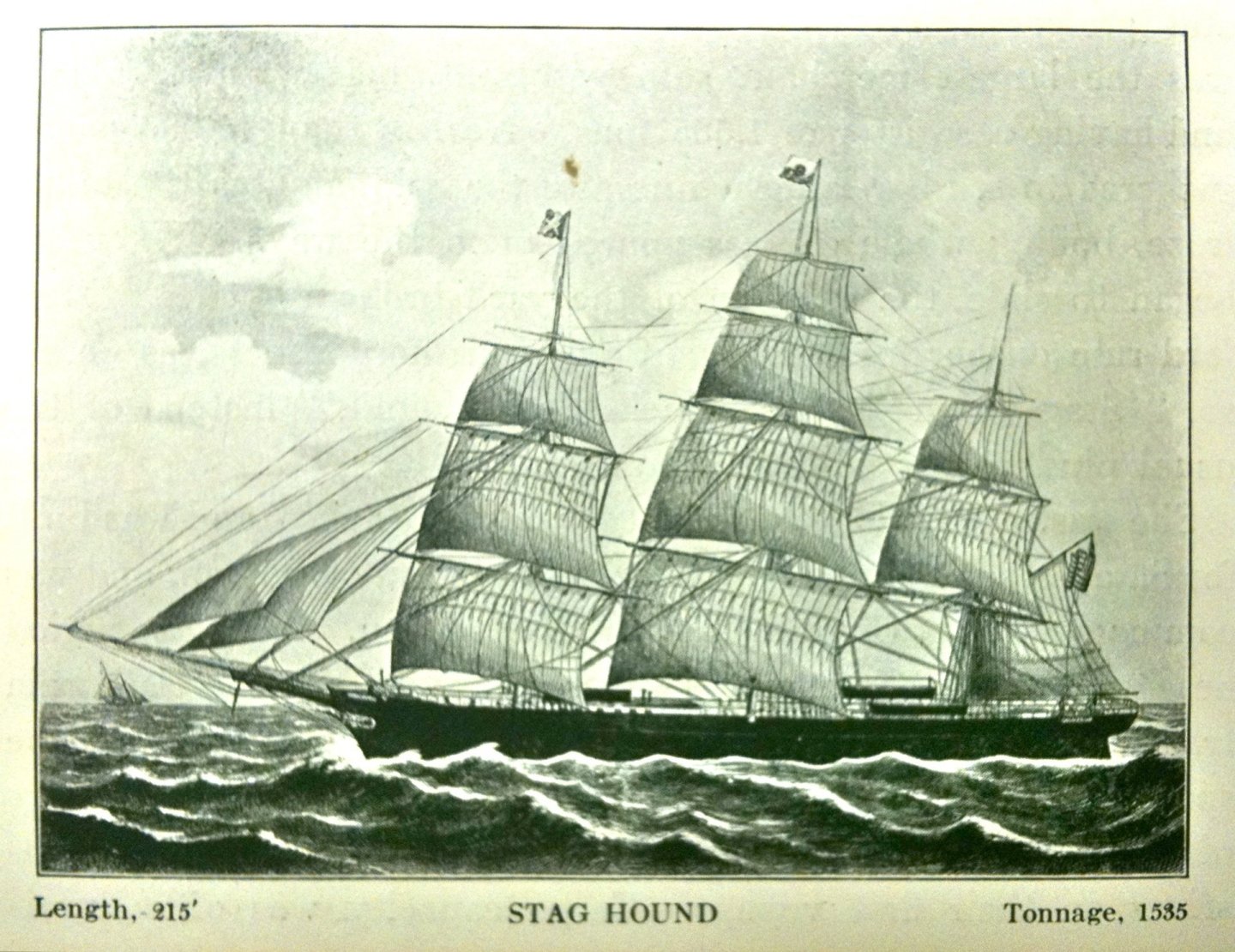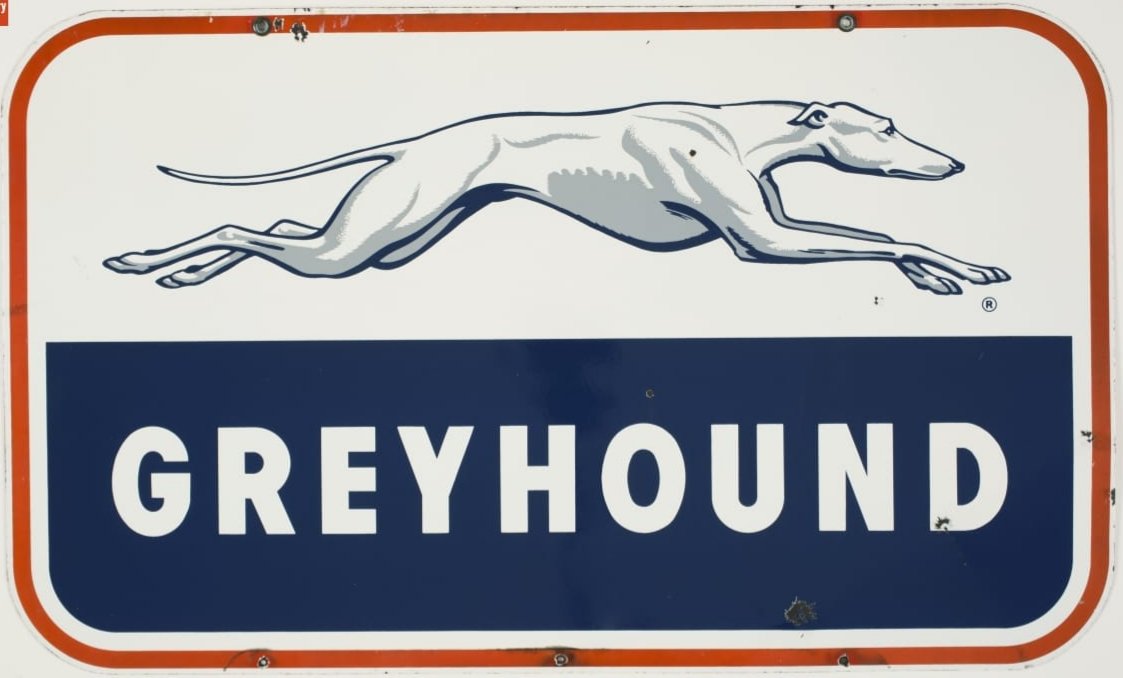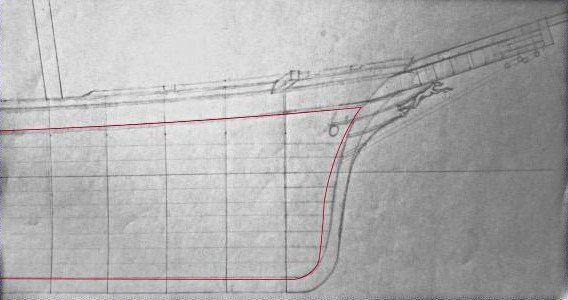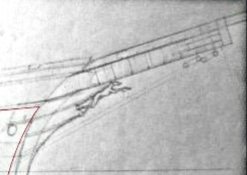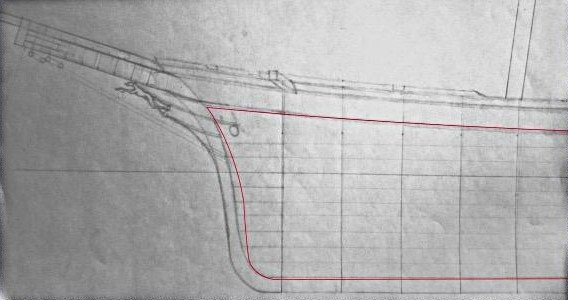-
Posts
2,167 -
Joined
-
Last visited
Content Type
Profiles
Forums
Gallery
Events
Everything posted by ClipperFan
-
@Vladimir_Wairoa One of my favorite quotes comes from late, brilliant Prime Minister Sir Winston Churchill. I'm quoting from memory but this was essentially his sentiment "I love the Americans, they always do the right thing, after they've tried everything else!" The late, legendary nightly CBS newscast anchor Walter Cronkite, after witnessing the carnage of the 1968 "Tet Offensive" by the Viet Cong eloquently concluded that the Vietnam War was unwinnable. Turns out, "the most trusted man in America" was also our national conscience. As a high school, later university student I participated in nationwide Anti-Vietnam War protests. After bloody carnage at Kent State it actually galvanized the Peace Movement and stiffened our spines. "Four dead in Ohio!" was just one of our emotional slogans. We knew momentum was changing when John Kerry, leader of Vietnam Veterans Against the War testified to Congress asking his memorable question "How do you ask a man to be the last person to die for a mistake?" Ultimately increasing public pressure succeeded and USA finally withdrew entirely from Vietnam. Winston Churchill was right.
-
@druxey today's residential standard is 7" rise x 11" tread. If you're familiar with older homes, stairs were steeper. I would think 8" rise × 10" tread would be more in keeping. As for upper portico rails, since all 4 sides have a 6" overhang, they're straight, with a break in rear for steps. I'm still working on front and rear and will have them done soon.
-
@Vladimir_Wairoa That's great news! I hate to be a "gadfly" about this but, oh well, here goes. As long as we're sticking with the Cornelius McKay Stag Hound sheer profile, I will be thrilled to see these replicas realised. It just bothers me to see the more stylized but inaccurate Crothers bow alongside the body plan. Again, I reiterate my reasoning for wanting to adhere as closely as possible to the McKay half-hull is the documented fact that the son stated emphatically that his model was built directly from the mould lines taken right off the lofting floor even as the ship herself was under construction. Cornelius also stated that no other authentic builder's models existed, since they all had been destroyed. To me, this is a gift from 274 years ago. I wish I could locate the drawing that he confirms was done at the same time, because that would most likely include an authentic body plan too. If you need my help to further reconcile the Crothers body plan with the McKay sheer plan, just let me know.
-
@rwiederrich Rob, This is a 1:24th scale rendition of the 7' square portico. Height is just enough to allow fore poop rail to mount into the upper molding. Note: I include placement of a side rail turned stanchion so you can see how it mounts on poop deck front. Uppermost oval represents how the rail matches portico height exactly. A neat development is how the portico sides divide into two halves. The front half side door portion, as I envision it, projects just slightly forward to give an impression of a potico section. Two tall pillars surround the door and support the arch. The rear section is the real wall but appears recessed in comparison. Three short pillars support smaller dual arches and the upper section also projects just slightly to continue the profile of the fore section. I call these "faux" pillars since they're basically half profiles. You can also see that the door molding has been lowered to match the fife-rail intersecting beam. That will allow enough room for both fife rail beams to mount in front to. I will do that illustration next. I see a central ladder in back, since the structure is only 7' wide, with similar faux pillars supporting the same arches. To me, this definitely gives an impression of a portico, with a lot of gothic elegance in a surprisingly small space. Interestingly enough, it gives an impression of being a larger house than it really is. Incidentally, in the description of the three decked packet ship Staffordshire there's actually a large skylight that's 13' long. I think that would fit on the rear poop deck of Stag Hound.
-
@Jared nice detail work on those tiny gin blocks!
- 431 replies
-
- Flying Fish
- Model Shipways
-
(and 2 more)
Tagged with:
-
@BANYAN Welcome aboard! We're much closer to nailing this vessel's hull down. We have two very talented computer programming artists, @Vladimir_Wairoa and @Luis Felipe working hard to reconcile conflicting body plans. Once that's resolved, Rob will be off to the races! Just remember to bring enough popcorn for everybody.... 😉
-
@rwiederrich Rob, man you work fast! I love the fine details, tiny eyes, ears and open jaw. This is going to look dazzling against a black background embellished with more gold carvings... Suddenly, I'm thinking back to a stunning golden girl, splayed out on bed while Shirley Bassey belts out a powerful tune....
-
@Snug Harbor Johnny True. But since the dashing dog on the bus line was introduced in 1929 and McKay's clipper Stag Hound launched in 1850, it could be said that they drew their inspiration from the earlier ship. Here is possibly the.earliest depiction of McKay's famous ship, from "Some Ships of the Clipper Ship Era" State Street Trust Co, Boston, MA 1913. Look closely, you'll see a sprinting dog reminiscent of those on modern buses. As you can see from Rob's delicate miniature carving, it's patterned after a real staghound photo. When I came up with my stag hound figurehead, it required more than a few sketches to capture the right feel. That's due to the fact that the figurehead's body needs to correspond with the navel hood it's attached to above. Meanwhile, the dog's head needs to face directly forward. To get this pose requires a pooch that realistically simulates leaping up at an angle. Draw a horizontal line at the base of their paws and you'll see what I'm describing. All this and it needs to look totally natural too. Trickier than it looks.
-
@druxey the heading of the second two pages, after the title, handwritten refer specifically to the clipper ship Donald McKay. After that, it changes to a spread outline, where it's important to follow the narrative on the top left column. Honestly, this introduces even more confusion. Unless I'm reading it wrong, the sequence goes upper keel, lower keel, shoe. For Stag Hound figures are 20", 12" & 4 & 1/2".... which means beyond her garboards, including shoe, her outer keel would have been 16 & 1/2"... Meanwhile the total of all 3 components are 36 & 1/2" not 46" as recorder and publicized by McLean. To avoid getting even further "in the weeds" my recommendation is stick to Cornelius McKay's 30"....
-
@druxey Now you have me even more curious. If you don't mind, can you share the source you're getting these figures from? It sounds like you're saying the outer keel was 32" including double false keels of 14" total, making her outer keel 18" (+ 14" double shoes; false keels) for a total 32" beyond garboards and her inner one 14" for a combined total of 46"? Everything I've found refers to a 39" keel beyond garboards, yet still maintains 46" total. That would make the inner one 7" which I find too thin. Handwritten notes by Hall (shared excerpts of; including sobco.com site link) show no such 39" outer keel mentioned. That leads me to conclude the Cornelius McKay stipulation of 30" to be most reasonable. 32" only adds 2" but I'd just like to know the source of those figures.
-
@druxey That can't possibly be the 1850 extreme clipper Stag Hound as it's settled fact that her keel was actually moulded 46". The vessel you're reading about is a much smaller ship with a 14" shallower keel. I repeatedly go back to the December 21, 1850 Boston Daily Atlas article, written by publicist Duncan McLean. It's obvious from the wealth of construction specifics that they were supplied to him directly by his close friend Donald McKay and his shipyard. "Her depth of keel is 46 inches, dead rise at half floor 40 inches, rounding of sides 4 inches, and sheer 2 feet 6 inches." Later in the same article, McLean repeats this fact: "Her keel is of rock maple and oak, in two depths, which, combined with the shoe moulds 46 inches and sides 16." Thanks to the Cornelius McKay letter, we know the exterior depth of keel was 30" as he specifically says that's the precise dimension which should be added to his fine model. That leaves 16" for the internal keel. We've determined a 39" keel must be a transcription error as that leaves only an impossible 7" for internal keel.
-
@Luis Felipe you and @Vladimir_Wairoa are both working on the same project and doing beautiful computer work. I noticed that an overlay of the McKay model is missing. So I've re-posted Vlad's overlay of that Cornelius McKay Stag Hound model bow. We've determined it's the most accurate rendition of this ship. That's due to historic provenance provided by McKay's own son. He confirms that his large 4' 8 & 1/4ths" 1:48th scale hull model was built from his father's mould lines directly off the lofting floor as the ship herself was under construction. Missing on his model is a 30" lower keel and 18" upper monkey rail, as well as an 18" splashrail. While a drawing done by Cornelius also exists, which might have a body plan too, I have yet to find it. Thanks again for your helpful contributions!
-
@rwiederrich Rob, what? You've never heard of negative space? As I said, that's the real impression I got from looking a photos of the front fascia. I'll look again. Still, even if they were projections, they would only be slight and wouldn't interfere with anything. As for the figurehead, from memory it's supposed to be 7 feet. There's a scale on my original sketch so you can double check it.
About us
Modelshipworld - Advancing Ship Modeling through Research
SSL Secured
Your security is important for us so this Website is SSL-Secured
NRG Mailing Address
Nautical Research Guild
237 South Lincoln Street
Westmont IL, 60559-1917
Model Ship World ® and the MSW logo are Registered Trademarks, and belong to the Nautical Research Guild (United States Patent and Trademark Office: No. 6,929,264 & No. 6,929,274, registered Dec. 20, 2022)
Helpful Links
About the NRG
If you enjoy building ship models that are historically accurate as well as beautiful, then The Nautical Research Guild (NRG) is just right for you.
The Guild is a non-profit educational organization whose mission is to “Advance Ship Modeling Through Research”. We provide support to our members in their efforts to raise the quality of their model ships.
The Nautical Research Guild has published our world-renowned quarterly magazine, The Nautical Research Journal, since 1955. The pages of the Journal are full of articles by accomplished ship modelers who show you how they create those exquisite details on their models, and by maritime historians who show you the correct details to build. The Journal is available in both print and digital editions. Go to the NRG web site (www.thenrg.org) to download a complimentary digital copy of the Journal. The NRG also publishes plan sets, books and compilations of back issues of the Journal and the former Ships in Scale and Model Ship Builder magazines.

